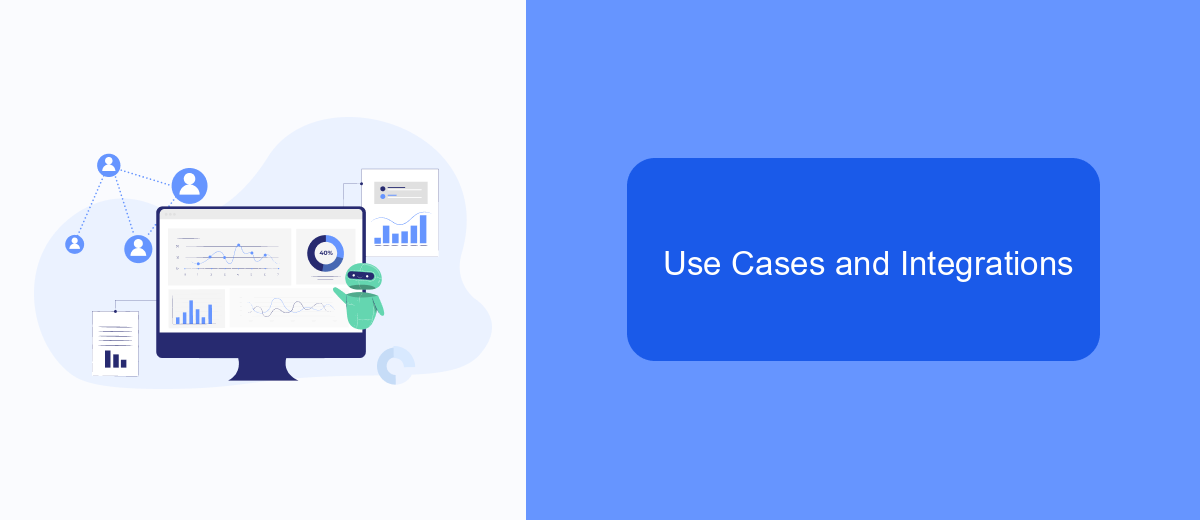Choosing the right automation platform is crucial for streamlining business processes and enhancing productivity. In this article, we compare Celigo and Workato, two leading integration and automation tools. We will delve into their features, ease of use, pricing, and support to help you determine which platform best aligns with your organization's needs and goals.
Introduction
In today's rapidly evolving digital landscape, businesses need efficient and reliable integration platforms to streamline their workflows and enhance productivity. Celigo and Workato are two leading integration platforms that offer robust solutions for automating business processes. This article aims to provide a comprehensive comparison of Celigo and Workato to help businesses make an informed decision.
- Overview of Celigo and Workato
- Key features and functionalities
- Pricing and scalability
- User experience and support
Both Celigo and Workato offer extensive capabilities for integrating various applications and automating workflows. Additionally, services like SaveMyLeads can further simplify the process by providing pre-built integration templates and user-friendly interfaces. By understanding the strengths and weaknesses of each platform, businesses can choose the solution that best fits their specific needs and goals.
Features Comparison

When comparing Celigo and Workato, both platforms offer robust integration capabilities, but they cater to slightly different needs. Celigo primarily focuses on providing pre-built integrations for popular applications, making it easier for businesses to quickly connect their existing software. It offers a user-friendly interface with drag-and-drop features, enabling users to set up workflows without extensive coding knowledge. Additionally, Celigo provides real-time data synchronization, ensuring that information is always up-to-date across integrated systems.
Workato, on the other hand, is known for its advanced automation capabilities and flexibility. It allows users to create highly customized integrations and complex workflows, which can be tailored to specific business processes. Workato supports a wide range of applications and offers extensive API connectivity, making it a powerful tool for businesses with unique integration needs. For those who require assistance in setting up integrations, services like SaveMyLeads can be particularly beneficial, offering pre-configured solutions and expert support to streamline the integration process.
Pricing and Plans

When comparing Celigo and Workato in terms of pricing and plans, both platforms offer a range of options tailored to different business needs. Celigo provides a more straightforward pricing structure, which is generally based on the number of integrations and data flows. On the other hand, Workato offers more flexible pricing tiers that can be customized according to the volume of tasks and the complexity of workflows.
- Celigo: Pricing is typically subscription-based, with plans starting at a few hundred dollars per month. Higher-tier plans are available for enterprises requiring more extensive integration capabilities.
- Workato: Offers a more modular approach, with pricing based on the number of tasks executed per month. This can range from a few hundred dollars for small businesses to several thousand for larger enterprises with complex automation needs.
For businesses seeking a more budget-friendly option, SaveMyLeads offers a cost-effective alternative with straightforward pricing. It allows for easy setup and management of integrations without the need for extensive technical expertise, making it an excellent choice for small to medium-sized businesses.
Use Cases and Integrations

Both Celigo and Workato offer robust solutions for automating workflows and integrating various business applications. These platforms are designed to streamline processes, enhance productivity, and improve data accuracy across multiple systems.
Celigo excels in providing pre-built integrations and templates, making it easier for businesses to connect their existing software solutions. Workato, on the other hand, is known for its advanced automation capabilities and flexibility in handling complex workflows.
- Celigo: Ideal for e-commerce, ERP, and CRM integrations.
- Workato: Suitable for HR, finance, and IT automation.
- SaveMyLeads: Perfect for automating lead generation and CRM updates.
Choosing the right tool depends on your specific business needs and the complexity of your workflows. While Celigo and Workato offer extensive features for diverse use cases, SaveMyLeads can be an excellent addition for businesses looking to automate lead management and improve customer relationship processes.
Conclusion
In conclusion, both Celigo and Workato offer robust integration platforms that cater to diverse business needs. Celigo is particularly strong in its pre-built connectors and ease of use, making it an excellent choice for businesses looking for quick and straightforward integrations. On the other hand, Workato excels in flexibility and advanced automation capabilities, ideal for companies with complex workflows and custom requirements.
When choosing between these two, it’s essential to consider your specific business needs, budget, and technical expertise. Additionally, exploring other integration services like SaveMyLeads can provide further options and potentially more tailored solutions for automating workflows and data synchronization. Ultimately, the best platform will depend on your unique requirements and how well each service aligns with your operational goals.
FAQ
What are the main differences between Celigo and Workato?
Which platform is easier to use for non-technical users?
Can I integrate both platforms with my existing CRM systems?
How do these platforms handle security and compliance?
Are there alternatives to Celigo and Workato for automation and integrations?
SaveMyLeads is a simple and effective service that will help you automate routine tasks and optimize business processes. Stop wasting time uploading leads from Facebook manually – you can do it automatically, saving a lot of time and money. Eliminate routine from workflows and achieve more with minimal investment of money, effort and human resources.
